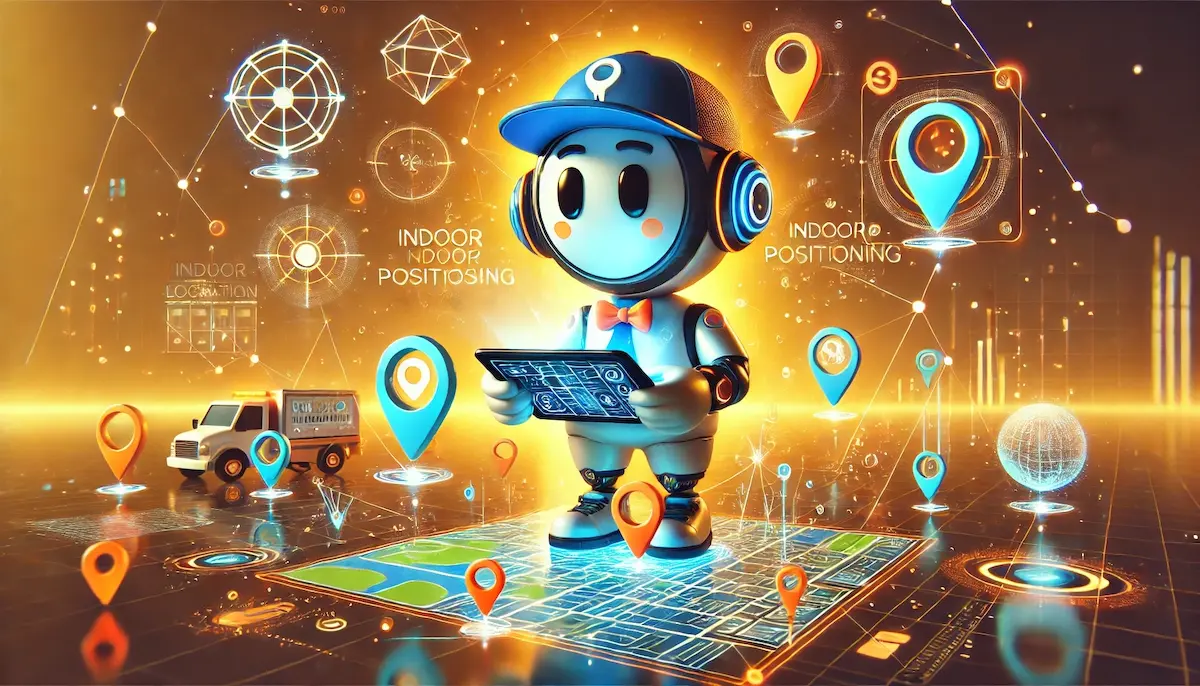In the realm of location-based services, indoor positioning technology has emerged as a critical tool for navigating and utilizing indoor spaces. Unlike GPS, which excels in outdoor environments, indoor positioning systems (IPS) provide accurate location tracking within buildings. This technology is transforming how we interact with indoor environments, offering applications in navigation, asset tracking, and enhancing customer experiences.
What is Indoor Positioning?
Indoor positioning refers to the technology and methods used to locate and track objects or people within indoor environments. IPS leverages various technologies such as Wi-Fi, Bluetooth, RFID, and more recently, ultra-wideband (UWB) and visible light communication (VLC), to determine precise locations inside buildings where GPS signals are weak or unavailable. These systems can pinpoint locations within a few meters or even centimeters, depending on the technology used.
Key Components of Indoor Positioning
Indoor positioning systems consist of several key components and processes:
- Signal Transmission: Uses signals from various sources like Wi-Fi access points, Bluetooth beacons, RFID tags, or UWB transmitters.
- Signal Reception and Processing: Devices such as smartphones or dedicated receivers capture these signals and process them to determine the location.
- Positioning Algorithms: Algorithms analyze the signals to estimate the precise location of the device. Common techniques include trilateration, triangulation, and fingerprinting.
- Mapping and Navigation: Digital maps of the indoor environment help visualize locations and provide navigation assistance.
- Integration with Applications: IPS can be integrated with mobile apps, asset management systems, and other platforms to offer tailored services and functionalities.
Benefits of Indoor Positioning
Implementing indoor positioning technology offers numerous advantages:
- Enhanced Navigation: Provides accurate indoor navigation for complex environments like airports, malls, hospitals, and office buildings, improving user experience.
- Asset Tracking: Enables real-time tracking of assets and equipment within facilities, enhancing inventory management and operational efficiency.
- Improved Safety: Assists in locating individuals during emergencies and managing building security by monitoring movements within restricted areas.
- Customer Insights: Gathers data on customer movements and behaviors within retail spaces, aiding in layout optimization and targeted marketing.
- Operational Efficiency: Streamlines processes such as warehouse management, by tracking the location of goods and optimizing workflows.
Use Cases for Indoor Positioning
Indoor positioning can be applied across various industries and scenarios:
- Retail: Enhances the shopping experience by providing indoor navigation, personalized promotions, and detailed store maps.
- Healthcare: Tracks medical equipment, locates patients and staff, and ensures efficient use of resources within hospitals and clinics.
- Logistics and Warehousing: Manages inventory, tracks goods, and optimizes picking and packing processes in warehouses.
- Corporate Offices: Assists in space management, finding available meeting rooms, and locating employees within large office complexes.
- Airports and Transportation Hubs: Provides wayfinding services for passengers, tracks luggage, and manages airport operations efficiently.
- Museums and Exhibitions: Offers interactive guides, provides additional information about exhibits, and enhances visitor engagement.
Implementing Indoor Positioning
To successfully implement indoor positioning, organizations should consider the following steps:
- Define Objectives: Clearly outline the goals and use cases for indoor positioning, such as enhancing navigation or improving asset tracking.
- Choose the Right Technology: Select an IPS technology that meets your accuracy requirements and integrates well with your existing systems.
- Install Infrastructure: Deploy necessary hardware, such as Wi-Fi access points, Bluetooth beacons, or RFID tags, throughout the indoor environment.
- Develop or Integrate Applications: Create or integrate applications that leverage indoor positioning data to provide desired services and functionalities.
- Test and Optimize: Continuously test the system to ensure accuracy and reliability, and make necessary adjustments to improve performance.
- Monitor and Maintain: Regularly monitor the IPS to ensure it remains functional and accurate, and update the system as needed.
Conclusion
Indoor positioning technology is revolutionizing how we navigate and interact with indoor spaces, offering enhanced navigation, improved asset tracking, and valuable customer insights. By leveraging various technologies and integrating them with applications, IPS provides precise location tracking within buildings, transforming user experiences and operational efficiencies.
Blockfine thanks you for reading and hopes you found this article helpful.
